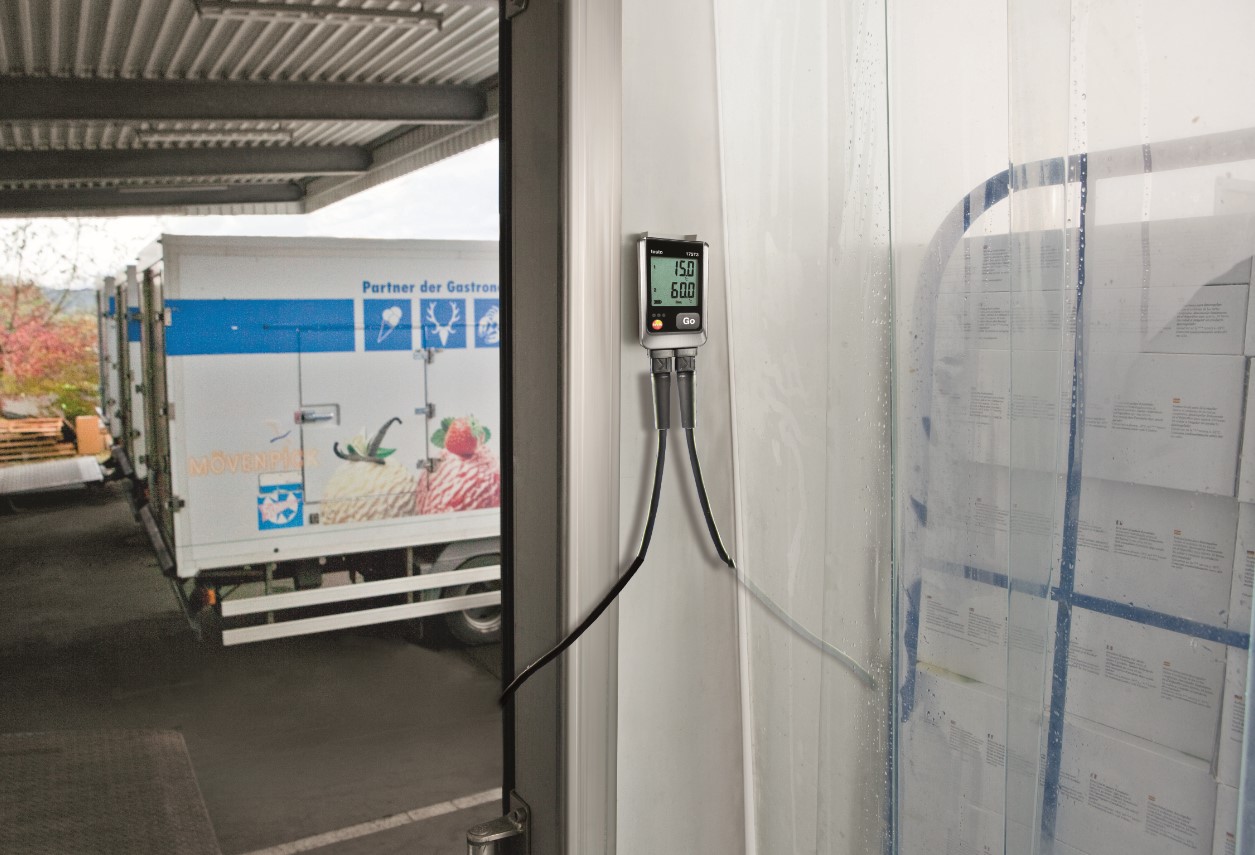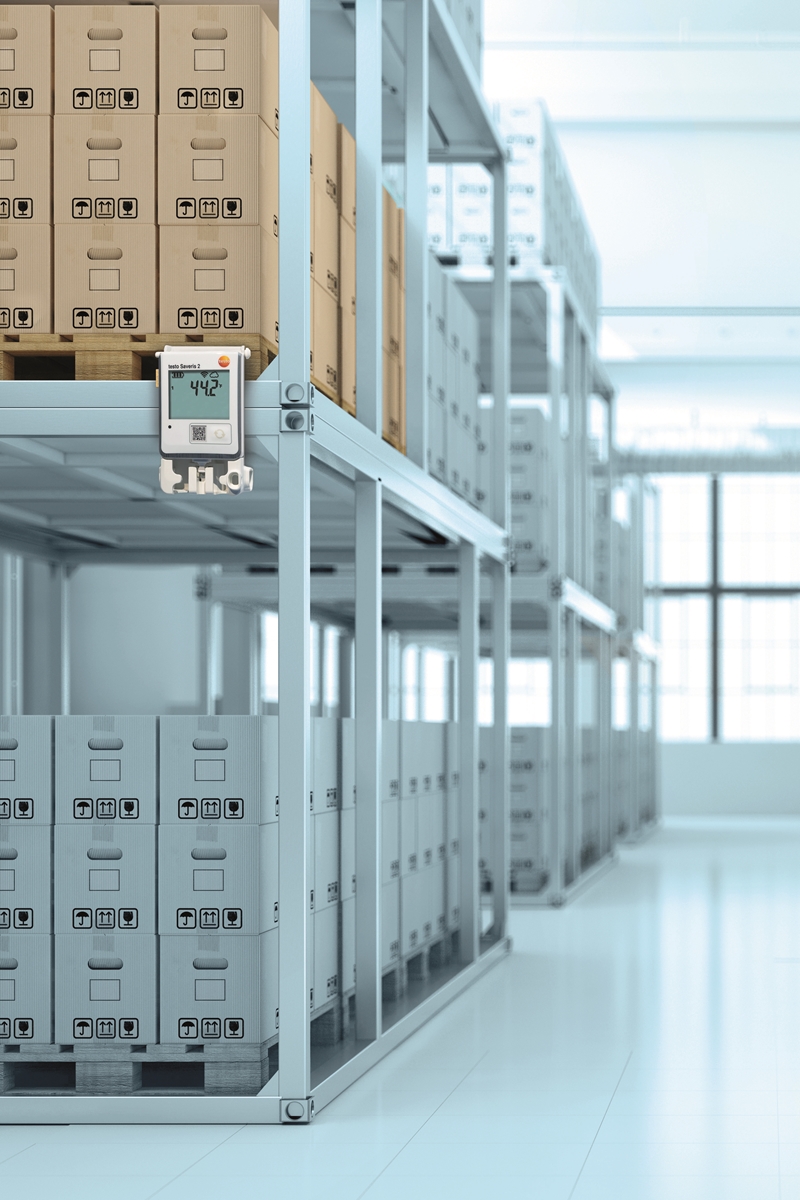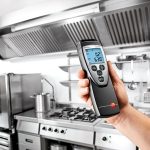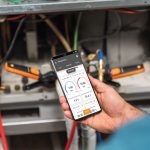Temperature controls are one of the most important aspects of pharmaceutical goods transport. Refrigerated drug products, like vaccines, need to maintain an optimum temperature range between 2 C – 8 C. If exposed to high temperature and/or humidity, the active ingredients or the composition of the pharmaceuticals can be compromised.
It’s not a choice to adhere to these upper and lower limit values. Government agencies are strict at enforcing laws, and have no qualms about disposing batches of medication if they are even slightly suspicious that they were exposed to too high or too low temperatures.
Violations, whether intentional or not, can also result in financial losses and damage to your reputation in the pharmaceutical industry. Patient safety is a priority throughout the pharmaceutical supply chain, and temperature is an essential factor that can affect the quality of goods and, in turn, patient care.
Thermometers have long been the go-to tool for measuring temperature, but simply don’t meet the highly specific and significant needs of pharmaceutical goods transport. Here is everything you need to know about why a thermometer isn’t enough and the modern solution changing cold chain transport.
“Thermometers are insufficient at providing continuous, accurate temperature measurements needed for pharmaceutical transport.”
Where thermometers fall short in cold chain pharmaceutical goods transport
Previously, cold chain logistics relied on manual temperature reading and measurement logging. While traditional thermometers may be helpful for gauging outdoor and indoor temperatures, they are ultimately insufficient at providing the level of continuous, accurate temperature measurements needed for pharmaceutical transport.
Periodic manual temperature monitoring has been deemed inadequate for the transport of drugs, and particularly vaccines, by the U.S. Department of Commerce National Institute of Standards and
Technology (NIST). Part of the reason is because pharmaceutical goods are affected by more than just the ambient temperature.

Manual thermometers can also give inaccurate temperature readings when refrigerated. There is no one single point measurement for refrigerator temperature due to various environmental and cargo temperature variations, reports NIST. Depending on the thermometer’s location with the refrigerated transportation unit, the reading can be an inaccurate measure of the ambient temperature.
Finally, drug manufacturers are finding thermometers alone are not enough to ensure their products are delivered safely at the correct temperature. Once their products leave a facility and move throughout the supply chain, companies lose control up to the point of patient contact. They have no way of knowing if the drugs and vaccines are refrigerated properly beyond trusting the manual recording of temperatures.
Overall, cold chain monitoring without a continuous temperature and humidity measure system increases the likelihood of undiscovered violations of viable temperature thresholds. Manual thermometers can not account for changes in temperature due to power outages, defrost cycle patterns or frequent periods of doors opening. The temperature may read well within the acceptable limits, but the pharmaceuticals could already have been compromised between check-in periods.
This increases the likelihood that patients will receive ineffective doses, and given the serious nature of patient safety, the repercussions could be devastating. Thermometers are unable to track the small changes in temperature during transport that could severely compromise the effectiveness of important cargo.
Achieve cold chain security with temperature data loggers
Autonomous data collection is the future for pharma cold chain logistics. Data loggers can be used to continuously report on temperature and humidity so real-time monitoring of sensitive products is possible. Easy start and stop buttons and unlimited operating times make data loggers one of the easier data recording operations.
Investing in continuous temperature monitoring with data loggers improves ongoing quality and safety assessments. The temperature sensor is constantly monitoring changes that are compiled into a PDF measurement data, configuration file and instruction manual. There’s no more guesswork to determine temperatures stayed correct during a trip. With a glance at the display, operators will be told whether configured limit values have been adhered to during transport.
The PDF reporting also provides time-stamps for detecting issues so operators can make immediate changes. Maybe a refrigeration unit isn’t working efficiently or temperatures inexplicably climb during parts of the day. Operators can pinpoint the issue and proceed with the proper repairs. In some cases, human error can also be to blame. Excessively opening doors or leaving cargo exposed to the elements can harm pharmaceuticals. If these behaviours are tracked and addressed, relevant training can be implemented to prevent them in the future.
Compliance is also made simple by having reliable records of storage temperature data. Data loggers offered by Testo Australia can be made in compliance with GxP, 21 CFR Part ll and HACCP to ensure quality and prevent financial losses from non-compliance penalties.
Finally, all of this critical data is easily accessible to operators, giving them control over their supply chain management. Manufacturers can have the confidence that their products are being transported properly while reducing waste and improving patient safety.
Real-time monitoring of assets using data loggers contributes to creating an efficient supply chain for the pharmaceutical industry. They are easy to install and essential for identifying problems before they become larger, and more costly, issues.
“Real-time monitoring helps create an efficient supply chain for the pharmaceutical industry.”
The commitment to improving cold chain logistics
The global biopharmaceutical industry is projected to spend $15.7 billion to ship temperature-controlled products in 2019, reported Pharmaceutical Commerce. This is a significant increase from 2018’s predicted figure of $15.0 billion and shows the increased need for cold chain logistics technologies like data loggers.
Testo Australia is committed to improving the entire supply chain for sensitive goods, such as pharmaceuticals and foods, so they are delivered safely. A significant contributor to proper pharmaceutical goods transport is temperature. Our advanced data loggers address the inconsistencies traditional thermometers have in tracking temperature to provide the best value to customers.
Pharma cold chain logistics is a booming industry, begin investing in proper transport technology today and view our other product applications for the pharmaceutical industry.









 Reduce cooking oil costs while ensuring quality
Reduce cooking oil costs while ensuring quality Expert knowledge on CO2 monitoring
Expert knowledge on CO2 monitoring Refrigeration knowledge - in 3 modules
Refrigeration knowledge - in 3 modules



